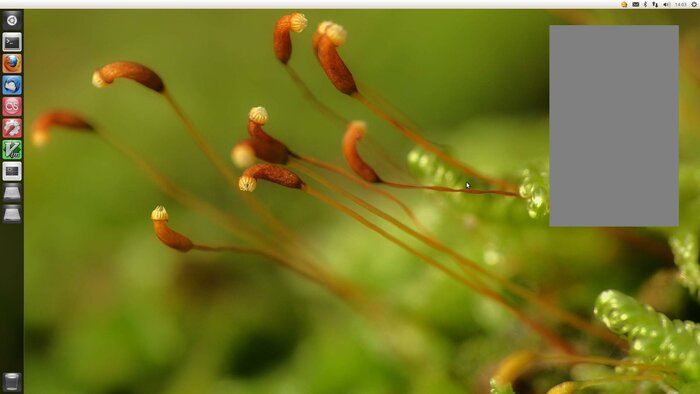During last Linaro Connect I bought myself an Android tablet. After checking what is on market decided to buy Archos 80 G9 Turbo. According to Amazon product page it had to have 1.5GHz OMAP4460 cpu and 1GB of memory. But it did not…
Marketing droids from Archos company should be … and … then … and again … — after that … or … and finally … (put any ways of doing deadly harm into … and repeat any amount of times). Why? There is no such thing as “Archos 80 G9 Turbo” — nevermind that I have one of them on my desk. So far there are at least three models with this name:
- OMAP4430 1.2GHz 512MB ram
- OMAP4460 1.5GHz 512MB ram
- OMAP4460 1.5GHz 1GB ram
You can easily buy first model. Best Buy has it, Adorama has it, J&R has it, Amazon sells it. Second model was expected to land on shelves in December 2011. According to XDA developers forum few of them were even sold as people have them. Last model is listed on Amazon (but first one is what you get) and according to one sources it will be released in March 2012, other says that there will not be such thing. Marketing mess is lightest description which I can write without swearing.
So I got first one. First though was “WTF?!?!!?!?!?!!!” as I got slowest option. Even started returning procedure but as all US shops had only this version I gave up and decided that even with this technical specification it is better tablet then I had before (which was Hannspad SN10T1). Fast cpu, 4:3 screen with 1024x768 resolution, quite good build quality, video output.
Tablet runs Android 3.2 ‘honeycomb’ and does it nicely. Upgrade to 4.0 ‘ice cream sandwich’ was announced to be done in this month. So from software perspective it is done properly. I had some problems with rooting procedure from XDA developers but once you do it in order (and take files from other thread to get 3.2.80 firmware) device will work just fine. Have to admit that system layout on device looks overcomplicated (175MB squashfs as / for example) but it works. Anyway I am waiting for developer firmware (I was told that they will be available ‘soon’ (for any definition of ‘soon’)).
During first days of using I noticed that some applications refuse to work properly on XGA screen, some are resized/rescaled but problems usually are with games or poorly written apps (like Facebook one). But it is visible that keeping Honeycomb under stone (aka ‘closed source’) resulted in many applications not ready to be used on tablets. Even Google+ looks like it does on a phone…
I am slowly moving to use Archos as a morning news device (Twitter, Facebook, Google+ and Google Reader) — it is perfect for it. Reading webpages in landscape or portrait modes is pleasure as device is easy to hold and screen is wide enough in any of them (which was my main complain with Hannspad).
Had to order miniHDMI -> HDMI adapter (normal size connector would even fit but it is too big for this form factor) cause they do not add it in a box. When it will arrive I will check how good movies are played after connecting to 42” plasma capable of 1080p. OMAP4 cpu should decode any video at this resolution without problems but I wonder how device deals with 4:3 internal screen and 16:9 external one. Would be nice to watch Youtube videos fullscreen.
Playing games is fun. Fieldrunners finally does not need scrolling, Great Little War Game is also better than on my Nexus S. From “racing” games so far I tried Asphalt6 (available at XDA developers forum), Shine Runner and Reckless Getaway — all run and look cute but accelerometr based steering is not comfortable with tablet size. Also games like Mahjongg or Solitaire are possible (I consider such games unplayable on phone).
Battery life is better than on my Nexus S. Partially because lack of GSM and bigger battery, but I think that due to power management done better.
I will not tell how good it is when it comes to read e-books because I have Kindle for it already.
Back to hardware. There is USB socket for optional 3G stick. Plugged dongle from wireless keyboard/trackball combo there — not recognized due to not be USB 2.0 device. Plugged thumbdrive and got it recognized (first time I got some kernel oops and no access to storage, had to reboot tablet). Did not tried other devices.
There is just one speaker at back of device. Definitelly too small and lonely. Nokia N800 which was released 5 years ago had stereo speakers… So for gaming I strongly suggest headphones.
Ugly thing is that when you push back of case with left hand fingers screen will react to it — looks like something is pushing screen. It does not look professional…
Ending summary: so far I am satisfied. Maybe one day will try one of those crazy builds like Ubuntu ;D
